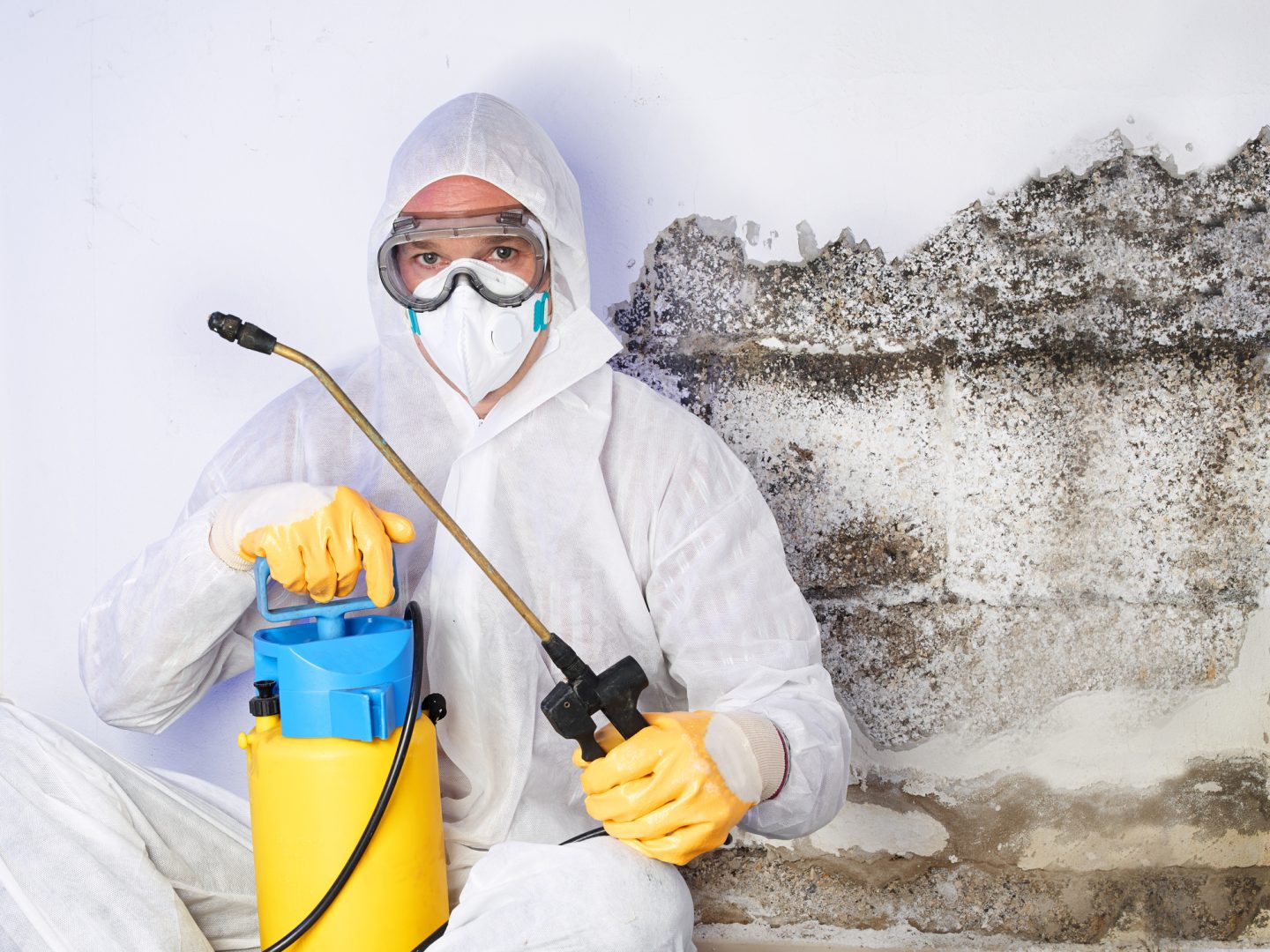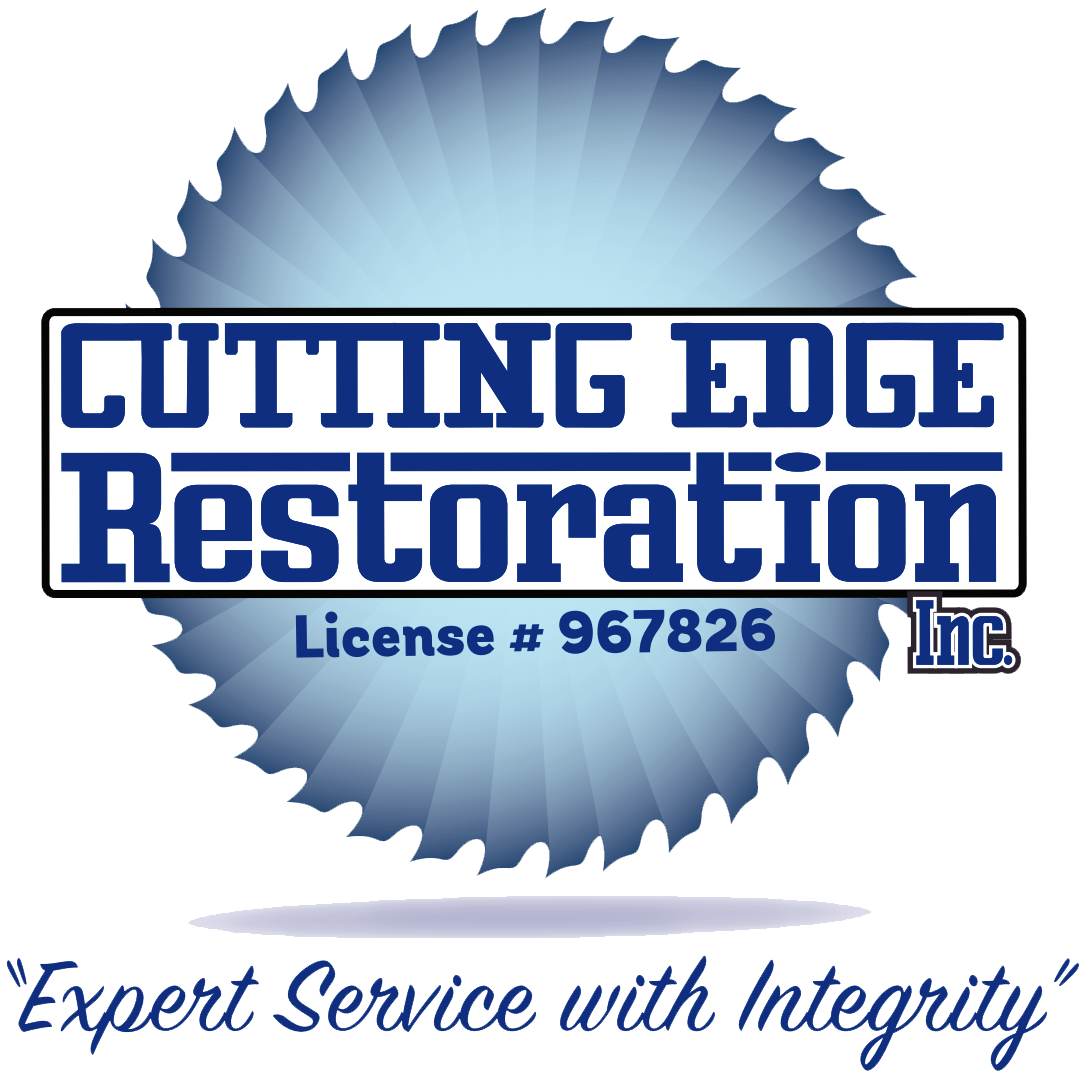
Mold is a silent intruder that thrives in damp, dark, and unventilated spaces. While surface mold on bathroom tiles or under a kitchen sink might be easy to spot, the real concern lies in hidden mold growth. When mold goes undetected, it can compromise indoor air quality, trigger health issues, and gradually damage the structural integrity of your property.
Understanding where mold likes to hide and knowing how to uncover it is the first step in protecting your home or commercial building. Here’s a detailed look at the unexpected places mold grows and how professionals track it down effectively.
Why Mold Grows in Hidden Places
Mold spores are everywhere. All it takes is a little moisture and the right temperature for them to start growing. When water from a leak, condensation, or flooding gets trapped behind walls, under flooring, or inside HVAC systems, mold has the perfect conditions to flourish unnoticed.
In fact, it can begin to grow within 24 to 48 hours of water exposure. That’s why even minor water damage—when not properly dried—can turn into a larger problem behind the scenes.
- Behind Drywall and Wallpaper
One of the most common hidden mold locations is behind drywall. A slow pipe leak or a roof drip can soak insulation and drywall without any external signs until it’s too late. In many cases, by the time stains appear on the surface, the colony is well established.
Similarly, wallpaper can trap moisture between the paper and wall, creating a sealed environment ideal for growth. If wallpaper is peeling or bubbling, it could be a sign of moisture buildup beneath it.
- Inside HVAC Systems and Ductwork
Your HVAC system can spread mold spores throughout your home if there is growth inside the ducts or unit itself. Condensation from air conditioning, especially in humid climates, can create enough moisture to support it. According to this EPA guide, HVAC mold contamination can worsen respiratory conditions and allergies.
Unusual odors when the air conditioner is running or unexplained allergic reactions may indicate issues inside your ductwork. Mold inspections using cameras and air sampling are often needed to identify the problem.
- Under Carpets and Flooring
Water that seeps under carpeting—whether from a spill, pet accident, or leak—can create the ideal environment for mold. Carpet padding can retain moisture, allowing mold to spread underneath even after the surface seems dry. Hardwood floors and laminate can also conceal water damage beneath planks.
If you notice persistent odors or soft, warped flooring, it’s worth investigating what’s happening below the surface. This article from WebMD emphasizes the risk of hidden mold contributing to asthma attacks and breathing issues.
- Inside Wall Cavities and Crawl Spaces
Crawl spaces, basements, and attics are frequently overlooked when it comes to routine maintenance. Because these areas often have poor ventilation and high humidity, they are common sites for hidden problems. A leaking pipe or high outdoor humidity can be enough to tip the balance in favor of fungal growth.
Musty smells and visible condensation on pipes or insulation may be early indicators of an issue.
- Behind Kitchen Cabinets and Appliances
Areas behind dishwashers, under sinks, and around refrigerators with ice makers are especially prone to leaks and condensation. Because these spaces are hard to access, leaks can go unnoticed for weeks or months. Mold will readily colonize in the tight, dark, and warm conditions created by cabinets and appliances.
If you smell mildew in your kitchen but can’t locate the source, it’s time to have the area inspected by professionals.
How to Detect Hidden Mold
Hidden molding is often indicated by indirect symptoms rather than visible growth. Some signs include:
- Persistent musty odor
- Sudden or frequent respiratory symptoms
- Peeling paint or bubbling walls
- Discoloration or staining
- Warping or deterioration of surfaces
A professional inspection often involves thermal imaging to identify temperature differences caused by moisture, as well as air quality testing to detect elevated spore counts.
Why Professional Detection Is Crucial
Attempting to remove mold yourself can worsen the situation by spreading spores through the air. DIY cleaning also rarely addresses the full extent of hidden growth, which can continue to spread behind walls and floors.
Certified professionals use safe containment and removal techniques to eliminate mold at the source while preventing cross-contamination. They also identify and fix the root cause of moisture, whether it’s a plumbing leak, poor ventilation, or water intrusion from outside.
Cutting Edge Restoration – Mold Detection and Remediation Services in Southern California
When mold hides out of sight, it silently erodes your indoor air quality and damages your home. At Cutting Edge Restoration, we help property owners across Southern California find and eliminate hidden problems with precision and care. Whether you’ve experienced water damage or suspect mold due to persistent odors or symptoms, our team is ready to restore your space with expert inspection and remediation services.
